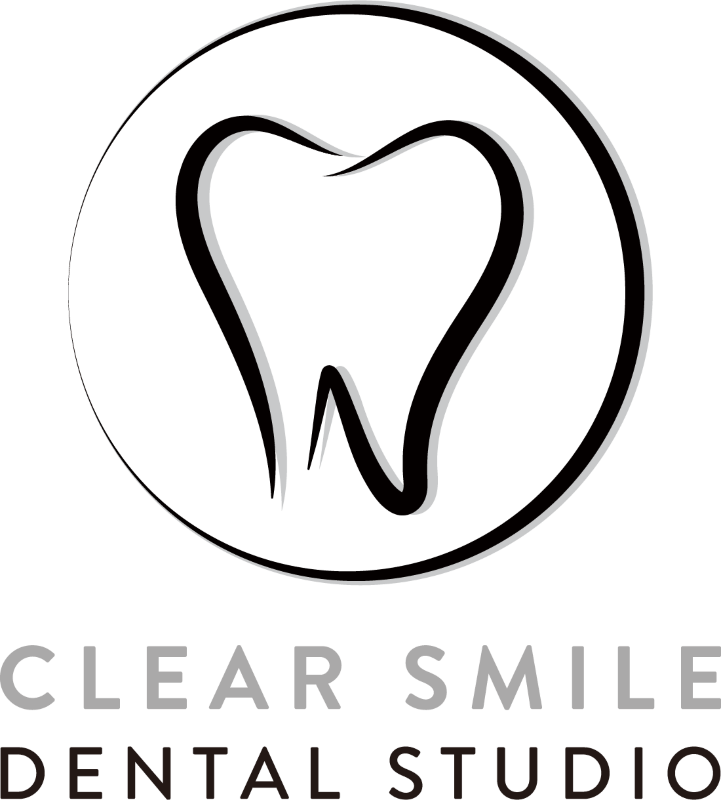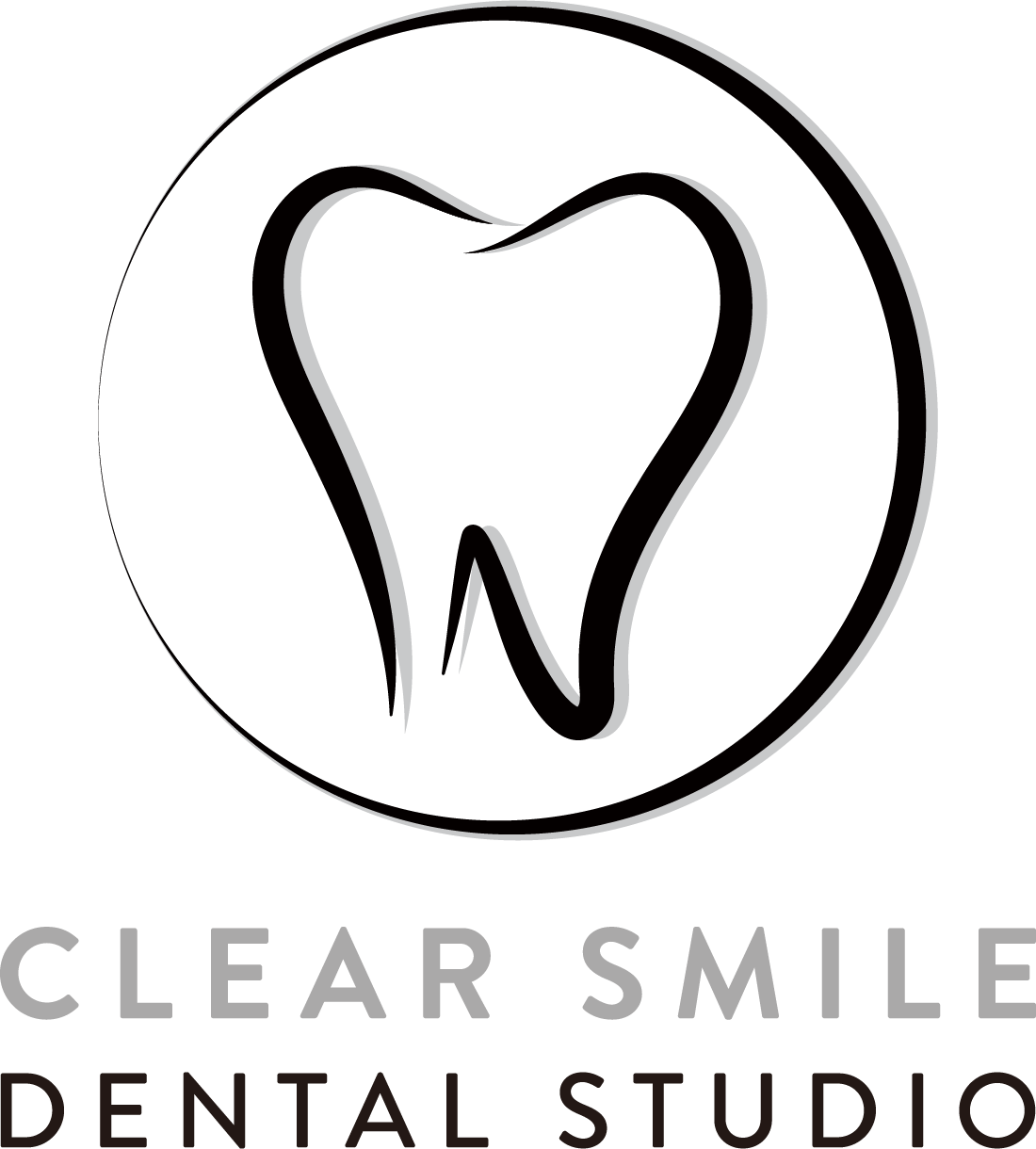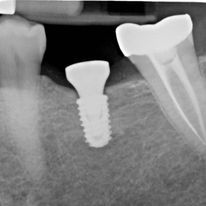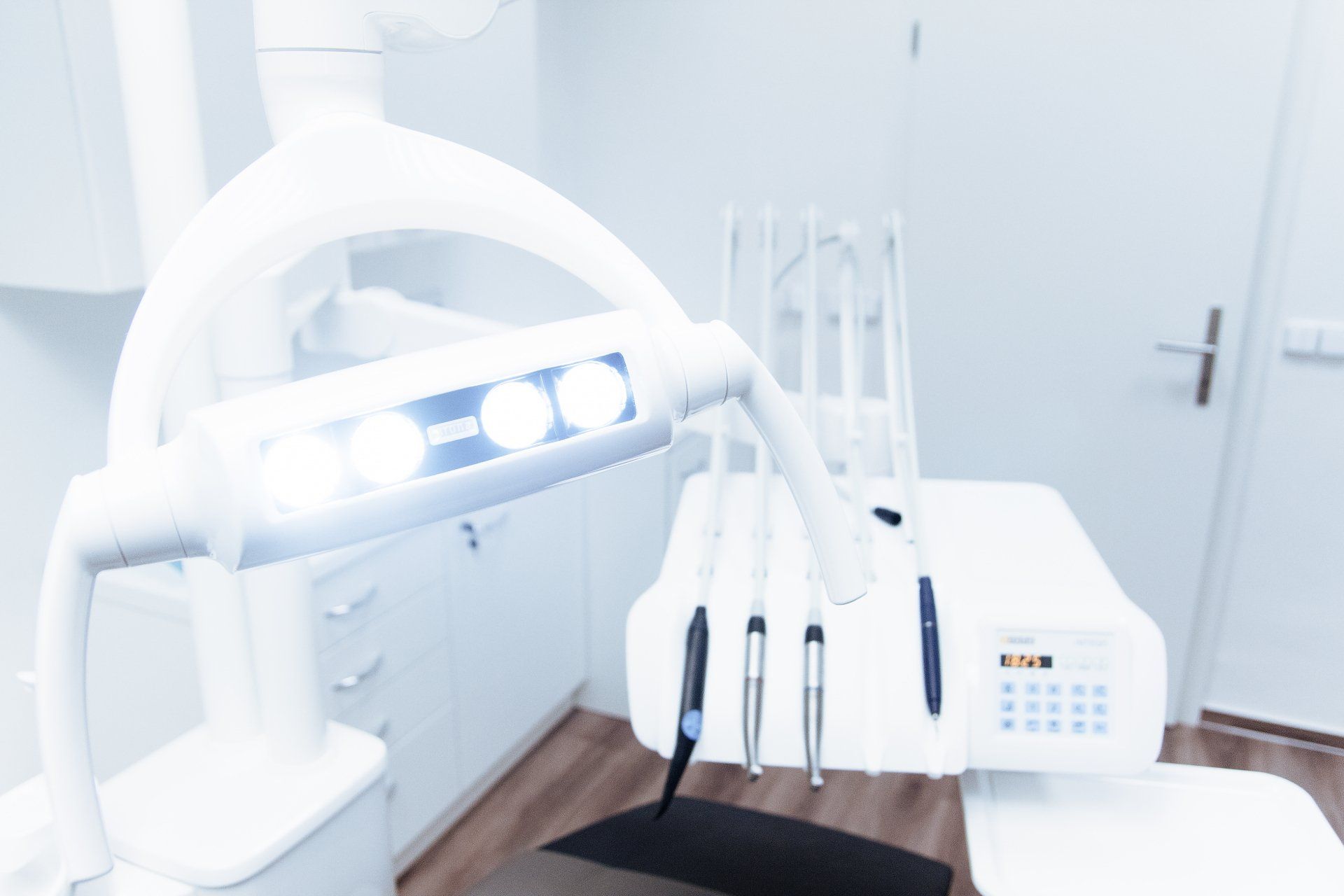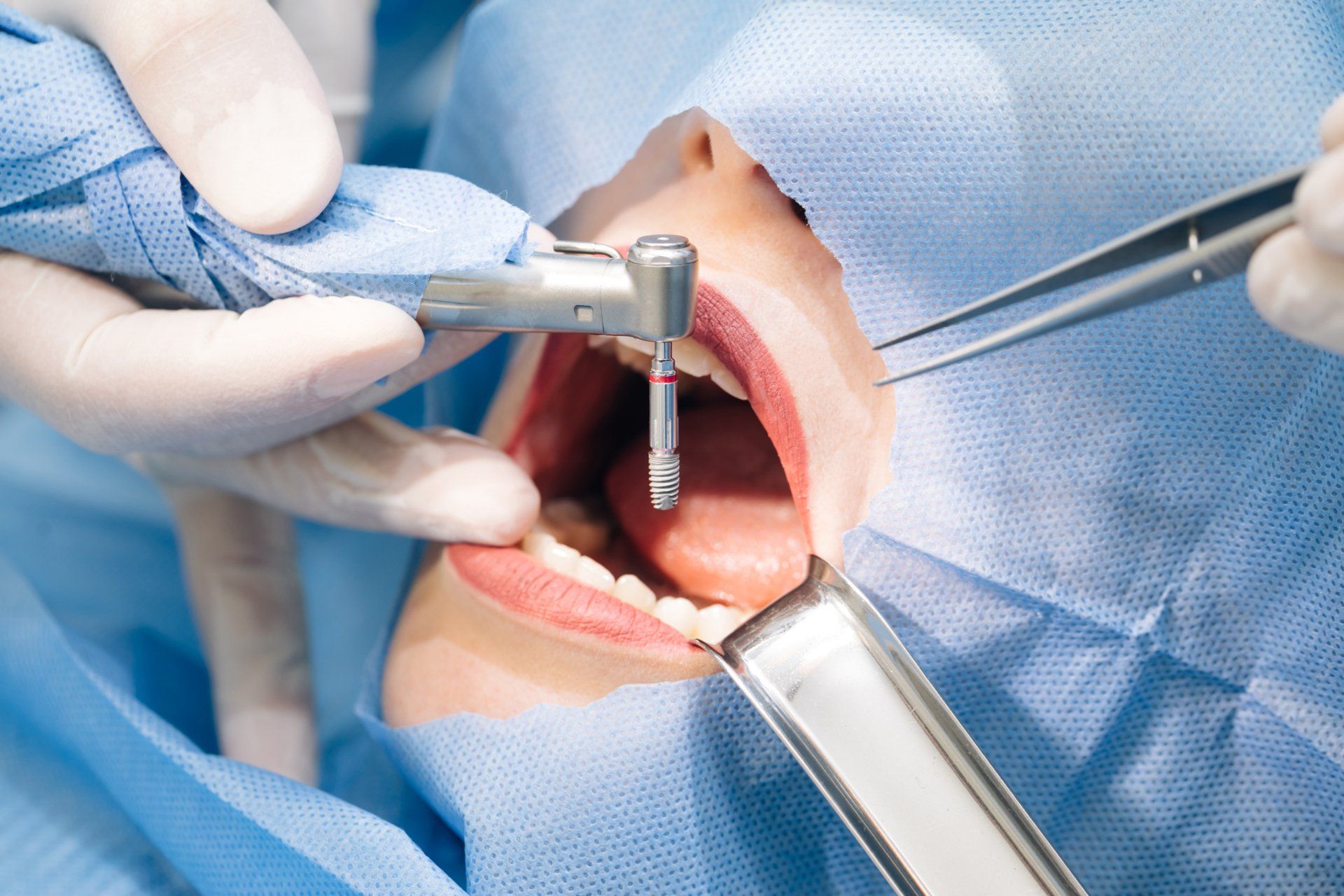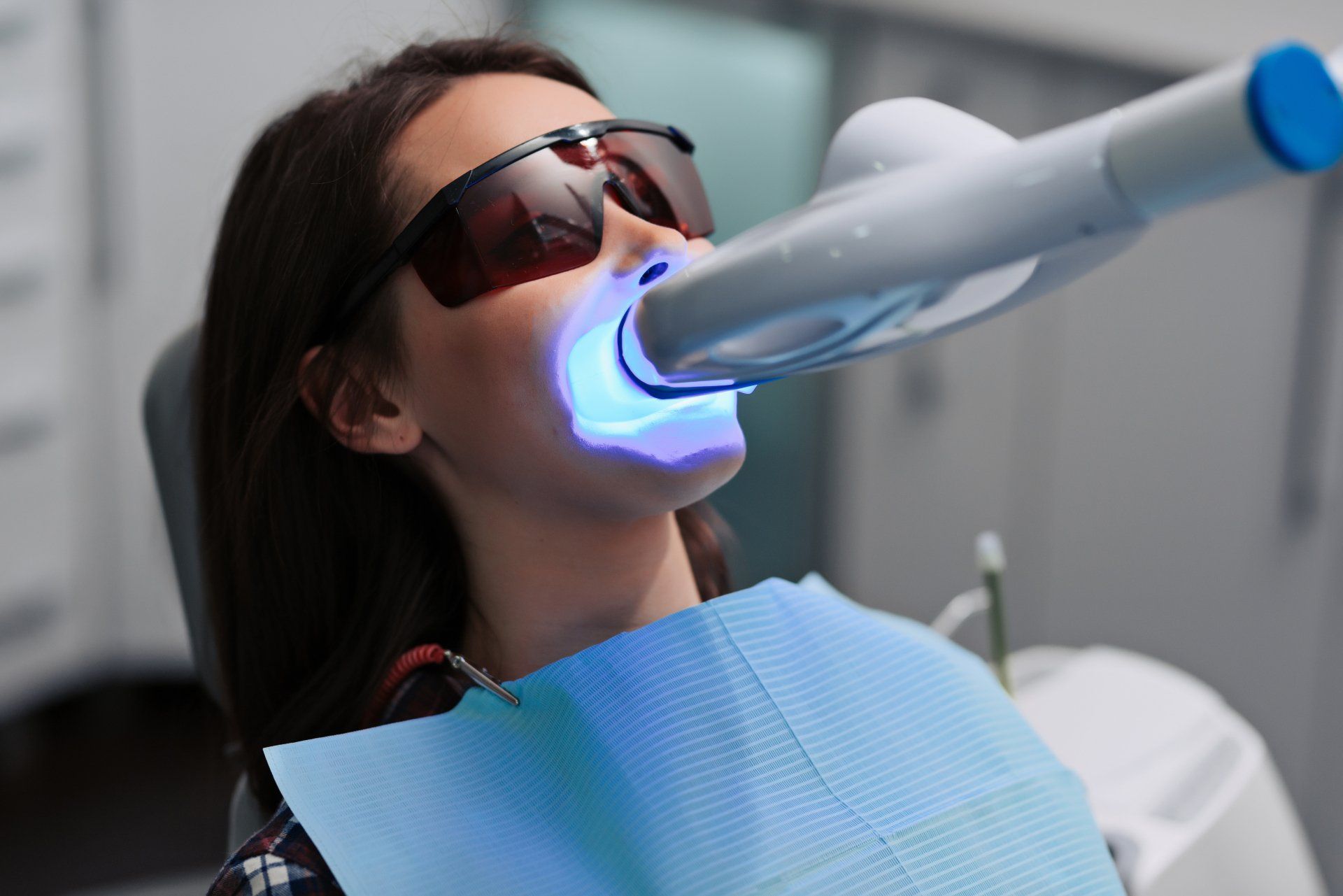How do people afford to go to the dentist?
How do people afford to go to the dentist?
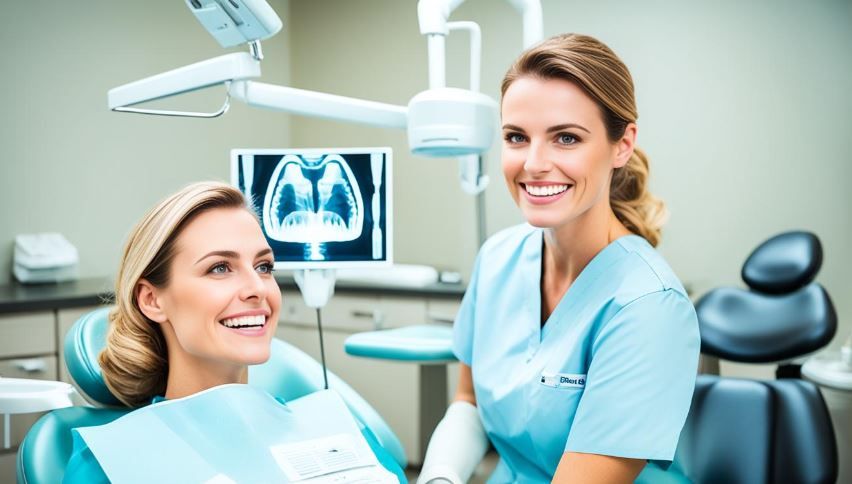
Did you know that approximately 34% of Americans have not visited the dentist in the past year due to financial constraints?
Accessing affordable dental services can be a challenge for many individuals and families. The high costs of dental treatment, lack of insurance coverage for certain procedures, and limited knowledge of available resources often leave people struggling to maintain their oral health. However, there are numerous strategies and options that can help individuals overcome these barriers and afford the dental care they need.
In this article, we will explore various dental care financing options, discuss affordable dental services, and provide valuable tips for budgeting dental expenses. From dental savings plans to community dental clinics, we will uncover the resources available to ensure that dental care remains accessible to all.
Key Takeaways:
- Many Americans struggle to afford dental care due to financial constraints.
- Understanding the rising costs of dental care can help individuals plan and budget for treatment.
- Dental insurance can be a valuable tool in accessing affordable dental procedures.
- Credit options, personal loans, and dental savings plans offer alternative financing possibilities for dental work.
- Low-cost and free dental service alternatives, such as community dental clinics, can provide affordable care options.
Understanding the Rising Costs of Dental Care
Dental care costs have been steadily increasing over the years, creating challenges for individuals seeking affordable oral health services. In this section, we will delve into the factors contributing to the rising costs of dental care, including the impact of inflation and the difference in expenses between routine care and advanced procedures.
The Impact of Inflation on Dental Services
One significant factor driving the rising costs of dental care is dental cost inflation. Just like other sectors of healthcare, the dental industry experiences inflationary pressures. This occurs due to various reasons, including:
- Increased costs of dental materials and equipment
- Rising labor costs for dental professionals
- Advancements in technology and techniques that come with higher expenses
The continuous rise in operating expenses for dental practices translates to higher fees for patients, making it more challenging to afford routine dental care.
Comparing Dental Costs: Routine Care vs. Advanced Procedures
It is vital to understand the cost disparity between routine dental care and advanced procedures. Generally, routine care, such as examinations, cleanings, and fillings, is more affordable compared to advanced treatments like root canals, dental implants, or orthodontic procedures.
Routine dental care expenses are relatively predictable and can be included in an individual's regular budget. However, advanced dental procedures often involve complex treatments, specialized materials, and additional appointments, leading to higher costs.
Understanding the cost differences between routine care and advanced procedures can help individuals better plan for their dental expenses and explore financial options that can alleviate the financial burden.
Dental Insurance: A Gateway to Affordable Dental Procedures
Dental insurance can be a valuable tool in making dental procedures more affordable. By providing coverage for a wide range of dental services, dental insurance helps individuals manage their oral health expenses effectively.
There are different types of dental insurance plans available, each offering various levels of coverage and benefits. Some plans provide comprehensive coverage for routine dental care, such as cleanings and exams, while others also cover more advanced procedures like fillings, root canals, and even orthodontic treatments.
One of the primary benefits of dental insurance is that it provides financial protection in case of unexpected dental issues. With insurance coverage, individuals can undergo necessary dental procedures without worrying about the steep costs involved. This ensures they can receive the care they need without compromising their oral health.
Moreover, dental insurance plans often include preventive care benefits, encouraging individuals to prioritize regular dental check-ups and cleanings. By promoting early detection and intervention, dental insurance contributes to the prevention of major dental problems and reduces the need for costly treatments down the line.
Furthermore, dental insurance plans typically offer access to a network of dentists who have agreed to provide services at discounted rates. This means that individuals with dental insurance can benefit from reduced fees for procedures, making dental care more affordable overall.
It's important to note that dental insurance coverage may vary depending on the plan and individual circumstances. It's essential to review the specifics of each plan, including coverage limits, waiting periods, and any exclusions or limitations that may be applicable.
In summary, dental insurance plays a crucial role in making dental procedures more accessible and affordable. It offers coverage for various dental services, provides financial protection, promotes preventive care, and grants access to discounted rates. With dental insurance, individuals can prioritize their oral health and receive the necessary treatments without breaking the bank.
How do people afford to go to the dentist?
In order to make dental treatment more accessible, individuals have a range of financial options to consider. This section will explore three common approaches: credit options for immediate dental treatment, navigating dental insurance plans and coverage, and the role of personal loans in financing dental work.
Credit Options for Immediate Dental Treatment
For individuals in need of immediate dental treatment but lacking the necessary funds, credit options can provide a way to cover the costs. Many dental clinics offer flexible financing plans that allow patients to pay for their treatments over time. These plans often come with low or no interest rates, making them an affordable option for those who require immediate dental care.
Navigating Dental Insurance Plans and Coverage
Dental insurance can help individuals manage the costs of dental procedures. Understanding the details of dental insurance plans and coverage is crucial for maximizing benefits and minimizing out-of-pocket expenses. It is important to review plan documents, including deductibles, annual maximums, and covered services, to fully understand the scope of coverage. Additionally, individuals should familiarize themselves with the network of dentists and specialists that participate in their insurance plan.
The Role of Personal Loans in Financing Dental Work
Personal loans can be a viable option for financing more extensive dental work or procedures not covered by insurance. These loans allow individuals to borrow a specific amount of money and repay it over time, usually with fixed monthly payments and competitive interest rates. It is important to compare loan terms and interest rates from different lenders to find the most cost-effective option for financing dental work.
Exploring Low-Cost and Free Dental Service Alternatives
For individuals facing financial constraints, there are alternative options available for accessing low-cost or even free dental services. These options can help ensure that everyone has access to the dental care they need, regardless of their financial situation.
One option to consider is community dental clinics. These clinics are often run by non-profit organizations or local governments and provide affordable dental services to individuals who may not have insurance or who cannot afford private dental care. Community dental clinics offer a range of services, including preventive care, fillings, extractions, and cleanings. They often operate on a sliding fee scale, meaning that the cost of treatment is based on the patient's income level.
Another resource to explore is charity dental programs. These programs are typically run by charitable organizations or dental professionals who volunteer their services. They provide free or heavily discounted dental care to individuals who meet certain criteria, such as low income or lack of insurance. Charity dental programs may offer a limited range of services, but they can be a valuable option for individuals in need of urgent dental treatment.
In addition to community dental clinics and charity dental programs, there are other resources available for low-cost or free dental care. Some dental schools and dental hygiene programs offer discounted services as part of their training programs. These services are provided by dental students or dental hygiene students under the supervision of licensed professionals. While the treatment may take longer due to the learning aspect, it can be an affordable option for individuals who are willing to trade time for cost savings.
It is important to note that while these alternatives can provide affordable dental care, they may have limitations in terms of available services or appointment availability. It is recommended to contact the respective organizations or programs to inquire about their specific offerings and eligibility requirements.
By exploring low-cost and free dental service alternatives such as community dental clinics, charity dental programs, and dental school programs, individuals can access the dental care they need at a price they can afford. These resources can help alleviate the financial burden associated with dental treatments and ensure that oral health remains a priority for everyone, regardless of their financial circumstances.
Alternative Financing: Dental Savings Plans and HSAs
Dental expenses can often be a significant financial burden for individuals and families. However, alternative financing options such as dental savings plans and healthcare savings accounts (HSAs) can provide relief by helping individuals save for dental care in a tax-efficient manner.
Dental savings plans are specifically designed to help individuals cut down on dental expenses. These plans work by offering discounted rates for a wide range of dental procedures, including routine check-ups, cleanings, fillings, and even more complex treatments like root canals and orthodontics. By joining a dental savings plan, individuals can access a network of participating dentists who have agreed to provide services at reduced rates, resulting in substantial savings.
On the other hand, HSAs are tax-free savings accounts that can be used to save for various healthcare expenses, including dental costs. Contributions to an HSA are tax-deductible, and the funds contributed can be used to cover dental expenses not covered by insurance, such as deductibles, co-pays, or even cosmetic dental treatments. Unlike flexible spending accounts (FSAs), HSAs allow unused funds to roll over year after year, making them a valuable long-term savings tool for dental care.
By utilizing dental savings plans and HSAs, individuals can take proactive steps to save for their dental expenses while enjoying tax advantages. These alternative financing options empower individuals to prioritize their oral health and access the dental care they need without compromising their financial well-being.
Dental Membership Plans: Budgeting for Your Oral Health
When it comes to budgeting for your oral health expenses, dental membership plans provide a viable solution. These plans offer an alternative approach to traditional insurance, offering a range of benefits and cost-saving options.
The Benefits of Joining Dental Office Membership Programs
By joining dental office membership programs, individuals can enjoy a host of advantages that contribute to their oral health and financial well-being.
Some key benefits include:
- Cost Savings: Dental membership plans often come at a lower price compared to traditional insurance premiums, making them an affordable option for individuals and families.
- No Waiting Periods: Unlike insurance plans that may have waiting periods for certain treatments, dental membership programs usually provide immediate access to services and treatments without delays.
- No Annual Maximums: Traditional insurance plans often impose annual maximums on coverage, limiting the amount of dental care an individual can receive. Dental membership programs don't have these restrictions, ensuring members can receive the necessary treatments without worrying about reaching a coverage cap.
- No Deductibles: Unlike insurance plans that require individuals to pay a deductible before coverage kicks in, dental membership programs typically don't have deductibles, allowing members to receive immediate benefits.
- Comprehensive Coverage: Dental membership plans often cover a wide range of treatments and procedures, including preventive care, restorative treatments, and even cosmetic dentistry options.
By taking advantage of these benefits, individuals can effectively budget for their oral health needs without the complexities and limitations associated with traditional insurance plans.
Comparing Membership Plans with Traditional Insurance
When comparing dental membership plans to traditional insurance, it's important to consider the following factors:
- Coverage: While both options provide access to dental care, traditional insurance plans typically have a defined network of dentists and specific coverage limitations, while dental membership plans may offer more flexibility in terms of provider choice and comprehensive coverage options.
- Cost: Dental membership plans tend to have lower monthly costs compared to traditional insurance premiums. However, it's essential to consider factors like co-pays, out-of-pocket expenses, and coverage limits when determining the overall cost-effectiveness.
- Flexibility: Dental membership plans often offer greater flexibility in terms of accessing care, as there are no claim forms to submit or pre-approvals required. Members can typically schedule treatments and services directly with their chosen dentist, simplifying the process.
- Waiting Periods: While dental membership plans typically provide immediate access to care, traditional insurance plans may have waiting periods for certain treatments and procedures. This can be a crucial factor to consider, especially for individuals seeking immediate dental attention.
By carefully weighing these factors and considering personal oral health needs and financial circumstances, individuals can make informed decisions about their dental coverage and choose the option that best suits their requirements.
Wrapping up
Managing dental expenses and accessing affordable dental care are essential for maintaining oral health and overall well-being. Throughout this article, we have explored various strategies and resources to help individuals navigate the rising costs of dental care and find cost-effective solutions.
One of the key takeaways is the importance of dental insurance. It serves as a gateway to affordable dental procedures by providing coverage for routine care and potentially reducing out-of-pocket expenses for more advanced treatments. Understanding different types of dental insurance plans and their benefits can help individuals make informed decisions about their coverage.
For those seeking immediate dental treatment, credit options and personal loans can provide a financial lifeline. Additionally, exploring low-cost and free dental service alternatives, such as community dental clinics and charity dental programs, can offer affordable or even no-cost dental care options.
Alternative financing options like dental savings plans and healthcare savings accounts (HSAs) allow individuals to save for dental expenses in a tax-efficient manner. Moreover, dental membership plans offer another avenue for budgeting oral health expenses and provide benefits that may be comparable to or better than traditional insurance plans.
By utilizing these strategies and resources, individuals can effectively manage their dental expenses and access affordable dental care. Remember, prioritizing oral health can lead to long-term cost savings and overall better dental well-being.
FAQ
How do people afford to go to the dentist?
There are various strategies and resources available to help individuals access affordable dental services and manage their dental expenses effectively. Some options include dental care financing options, dental savings plans, community dental clinics, and dental payment plans.
What are dental savings plans?
Dental savings plans are alternative financing options for dental care. They involve paying an annual or monthly fee to gain access to discounted rates for dental procedures. These plans can help individuals save on dental expenses, especially if they don't have dental insurance.
How can I access low-cost or free dental services?
Individuals facing financial constraints can explore options such as community dental clinics and charity dental programs, which provide affordable or no-cost dental care. These resources are designed to help individuals who cannot afford traditional dental services.
What is the role of dental insurance in accessing affordable dental care?
Dental insurance can play a significant role in making dental procedures more affordable. It works by providing coverage for a portion of the cost of dental treatments. Different dental insurance plans are available, and understanding your coverage and benefits is essential in accessing affordable dental care.
Are there credit options available for immediate dental treatment?
Yes, some dental clinics offer credit options for individuals who need immediate dental treatment but may not have the funds upfront. These credit options allow patients to finance their dental expenses over time with manageable monthly payments.
How can I navigate dental insurance plans and coverage?
Navigating dental insurance plans and coverage can be complex. It's important to understand the terms and limitations of your specific plan, including coverage limits, deductibles, and waiting periods. Consulting with your dental insurance provider and dental professionals can help you make the most of your coverage.
Can personal loans be used to finance dental work?
Personal loans can be an option for financing dental work. Depending on your creditworthiness and financial situation, you may be able to secure a personal loan with manageable repayment terms to cover your dental expenses.
What are dental membership plans, and how do they help with budgeting for oral health?
Dental membership plans are programs offered by dental offices that provide discounted rates for dental procedures in exchange for an annual or monthly membership fee. These plans can help individuals budget for their oral health expenses while accessing quality dental care.
What are the benefits of joining dental office membership programs?
Dental office membership programs offer several benefits, including discounted rates on dental procedures, no waiting periods, and no insurance claim forms. These programs may also provide additional perks such as free preventive services, making them an attractive option for individuals looking to save on dental expenses.
How do dental membership plans compare with traditional insurance plans?
Dental membership plans differ from traditional insurance plans in that they do not involve insurance companies. Instead, they offer direct discounted rates for dental services. While dental membership plans may not cover as many services as traditional insurance, they can often provide significant savings for routine and preventive dental care.


VISIT
Our Office
- Mon, Wed
- -
- Tuesday
- -
- Thursday
- Closed
- Friday
- -
- Saturday
- -
- Sunday
- Closed
Monday:
9:45-6pm
Tuesday:
8:45 - 7:00 pm
Wednesday:
7:45 am - 6:00 pm
Thursday:
Closed
Friday:
9:45 am - 6:00 pm
Saturday:
845 am - 3:00 pm
Sunday:
Closed
Contact Us
We will get back to you as soon as possible.
Please try again later.
VISIT
Our Office
We offer Free Parking on premises!
Monday: 10 am - 6 pm
Tuesday: 10 am - 7 pm
Wednesday: 9 am - 6 pm
Thursday: Closed
Friday: 9 am - 5 pm
Saturday: 9 am - 3 pm
Sunday: Closed


